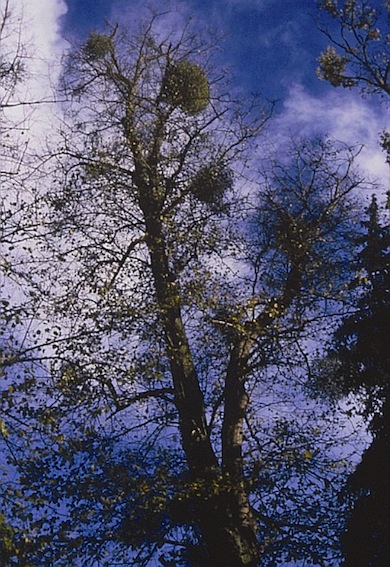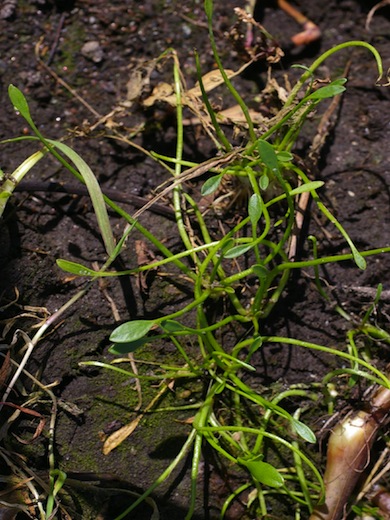These two adjacent parks combine as a vast area of old medieval parkland habitats, including old trees, some of the best acid grassland in London and a variety of interesting wetlands. Bushy Park is the second largest of the Royal Parks, owned and managed by The Royal Parks; Home Park (or Hampton Court Park as it is also known) is part of Hampton Court. The distinctive great canal, or Long Water, dominates Home Park, and was built in 1639 under Charles I to solve the royal palace’s chronic water shortage. The golf course in Home Park was founded in the 19th century.Bushy Park won a Green Flag Award again for 20089. Richmond Active Living Scheme and Kingston Health Walks project use this site – both Walking the Way to Health (WHI) schemes; see links for details.
Local Wildlife Site
Accessible Sites of Importance for Nature Conservation
Bushy Park and Home Park
Borough: Richmond upon Thames
Grade: Metropolitan
Access: Free public access (all/most of site)
Area: 646.52 ha
Description
Wildlife
The acid grasslands support characteristic wildflowers such as sheep's sorrel, harebell, tormentil and heath bedstraw, as well as numerous less common plants, including small cudweed, subterranean clover, spring and prickly sedges, upright chickweed, chamomile and the only sizeable population in south-east England of autumn squill. The damp neutral grassland in Hampton Court Paddocks supports a completely different range of plants, including meadow crane's-bill which is scarce in London. They also feature several old pollards of sweet chestnut and oak, an old hedgerow and a series of inter-connected pools. The Longford River feeds these and other wetlands in Bushy Park with water from the River Colne.The numerous ponds and ditches are also home to rare plants, including the only London population of the nationally scarce mudwort, an obscure little plant that grows at the edges of Heron Pond in Bushy Park. The ditches in the Paddocks are particularly rich in plant life, including the London rarities marsh arrow-grass, blue water-speedwell and yellow loosestrife. Part of the reason behind this botanical richness is the 500 year presence of deer and other grazing animals fallow and red deer may still be seen throughout the site today. Bushy Park is also one of the best sites in London for mistletoe.123 species of rare and threatened insects have been recorded in Bushy Park. The ancient trees and decaying wood habitats are responsible for the site's national importance for endangered beetles, which include the rusty click beetle and the stag beetle. Veteran trees are also valuable for hole-nesting birds such as tree sparrow and jackdaw, and for roosting bats.Further birds of Bushy Park include various waterfowl, all three native woodpeckers, kestrel, tawny owl, skylark, reed bunting, meadow pipit and stonechat. Kingfishers may be seen on the banks of the Longford River, where there are also water voles.Facilities
Children's playground; toilets (including disabled facilities); cafes; car parking; historic features.
Mistletoe in Bushy Park © Tony Drakeford

Mudwort © Mike Waite
Feedback
Have a question or a comment for this site, or notice anything missing or out of date? Please contact us.
